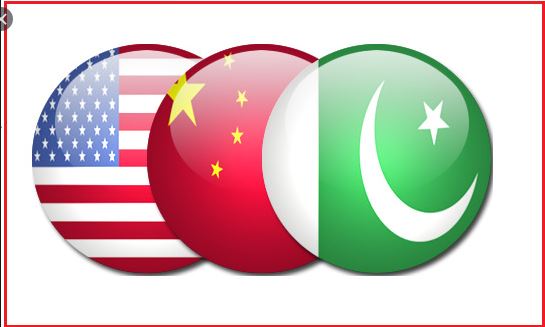In the past, Pakistan was known to be a major importer of weapons from China and the United States. Naturally our purchase of armaments, made necessary by constant Indian intimidation, tolled a heavy import bill. With the country steadily working towards decreasing imports, Pakistan has focused on domestic manufacturing—and this seems to extend to military equipment as well.
Thus, much hard work has gone into the JF-17 Thunder, a joint venture between Pakistan and China, and the initial success of the project shows that the work is paying off. On Wednesday, equipment manufactured domestically was formally presented and deemed capable to be delivered to official authorities. Pakistan Aeronautical Complex (PAC) handed over 14 state-of-the-art indigenously developed fourth generation JF-17 Thunder Block-III—dual carrier fighter jets equipped with a long-range superior radar system and advance firing capability—to Pakistan Air Force (PAF).
This is a significant milestone; indigenous armaments are being included in the national fleet. This equipment has been worked upon and proved its standard to be internationally competent—JF-17 Thunder is a battle-tested aircraft during the successful expression of mastery in Operation Swift Retort against Indian Air Force’s violation of territorial sovereignty in February 2018. It is a good step, one that Pakistan’s taxpayers and the security apparatus can be proud of.
Domestic manufacturing reduces the import bill and leads to better research on local production of weapons as well. Not only is it helpful for the country to be more self-reliant, but it can create a potential market for Pakistan as well—according to Russian media outlets, Argentina is seriously considering purchasing JF-17 Thunders, Nigeria and Myanmar have expressed interest as well. The sale of these jets in the international market stand to earn Pakistan a hefty amount of foreign exchange.

















